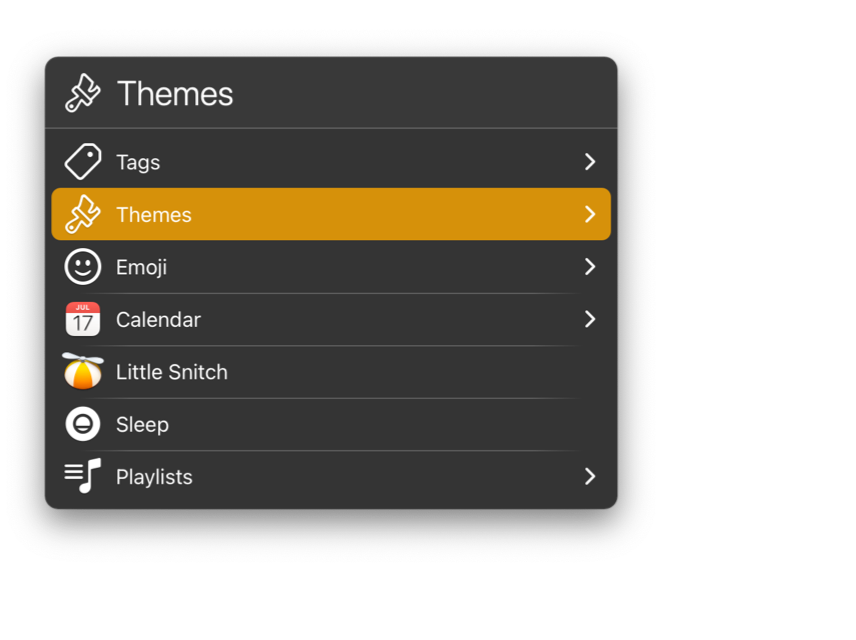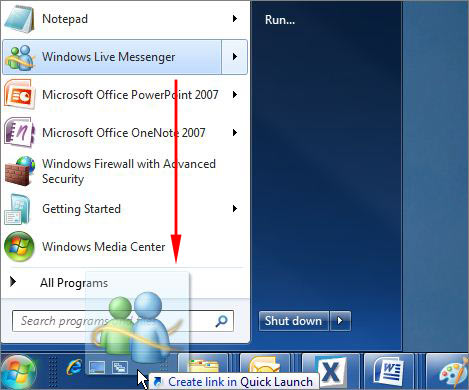
- #Launchbar chrome portable#
- #Launchbar chrome Pc#
- #Launchbar chrome free#
- #Launchbar chrome windows#
For applications add the word "%file%" in the argument box. There is a "Command path" box in the pane below, browse for the EXE or folder that you wanted to add. A new command is created, rename the caption, and set an icon (paste the icon's path) or use one of the built-in icons.

You can even choose a custom background should you not like the ones that LaunchBar Commander ships with. Next, choose the background you want, set its color and transparency. You can also set the dock to autohide, autoslide or reserve a space for it. LaunchBar Commander isn’t much bigger and it has the bonus of being portable.Select a display style for the icons, menu, and border (optional).

#Launchbar chrome Pc#
It would be worth checking out if your PC has limited memory and disk space. Nexus is quite a large program for a launcher though and SlickRun is tiny in comparison.
#Launchbar chrome windows#
It is a great utility and well worth trying if you are looking for an alternative to Windows Start menu and taskbar. Nexus is brilliant and it looks fantastic. It is hard to decide on a winner because each utility is useful in its own way. There are a dozen configuration tabs, almost 30 graphical themes and a gazillion settings. Nexus has a comprehensive collection of settings and these enable you to customise it in countless ways. Hovering over an icon displays information, a weather forecast in the case of the weather icon, file information in the case of programs and files. The apps you add need high quality icons or they look a bit fuzzy, which spoils the effect slightly. Files and folders can also be dropped on the Nexus bar to add them.Īs the mouse passes over the Nexus items, they magnify just like the Dock items do on the Mac. You add your own programs to it by dragging them from an Explorer window. It comes with a few items already in the dock, such as a clock, CPU and RAM meters, weather forecast, and desktop capture tool. There are differences, but you can certainly see where the ideas came from. If you have ever used or seen an Apple Mac, Nexus is basically a Windows version of the Mac’s Dock. Those are tiny 1MB and 3MB utilities, whereas Nexus is a substantial 43MB.
#Launchbar chrome free#
Nexus is another free utility, but it is unlike the other two.
#Launchbar chrome portable#
Portable apps are useful for keeping Windows clean and they don’t change any system settings. This means you just unzip it and run it, with no installation required. One bonus feature is that it runs as a portable program. LaunchBar Commander is an alternative way to access programs that you would normally either have to search the Start menu for, or clutter the desktop with shortcuts. The program can also be run in administrator mode. There are optional arguments, such as a file for a program, or a URL for a browser, and the working directory can be set.

Right clicking the toolbar enables the configuration options to be accessed and here you can add items to the sample menu or create menus of your own.Īt the bare minimum you create a menu name and then select the command path – the program you want to launch. The fourth icon is for launching programs.

The first three buttons display menus that enable you to quickly access the Control Panel items, access the files and folders in your Documents folder, and access items on the Start menu. This can be dragged to the sides of the desktop and docked so it is like another taskbar. LaunchBar Commander is a free utility that performs several functions and when it is first run it displays a small toolbar with four icons. This is just a 1MB program that takes up little disk space, but if you are the sort of person that likes to run programs by typing their names rather than hunting for them on the Start menu, it’s great. Add-on packs of MagicWords can be downloaded and added to the program to save you having to create your own. Any word can be associated with any program. You can run Paint by typing ‘paint’, you could open Chrome by typing ‘chrome’ or Opera by typing ‘opera’, and so on. You could, for example, create a MagicWord called ‘Word’ and set this to run Microsoft Word when it is typed into SlickRun. It comes with a collection of predefined MagicWords, but you are not limited to these and you can create your own. These have an associated action, such as starting a program or opening a browser and going to a web page. It displays a small box on the screen that shows the memory usage as a percentage, and the date and time.Ĭlick this and it becomes a text input box into which you can type a command called a MagicWord. SlickRun is a simple, but clever utility that has a minimalist design.


 0 kommentar(er)
0 kommentar(er)
